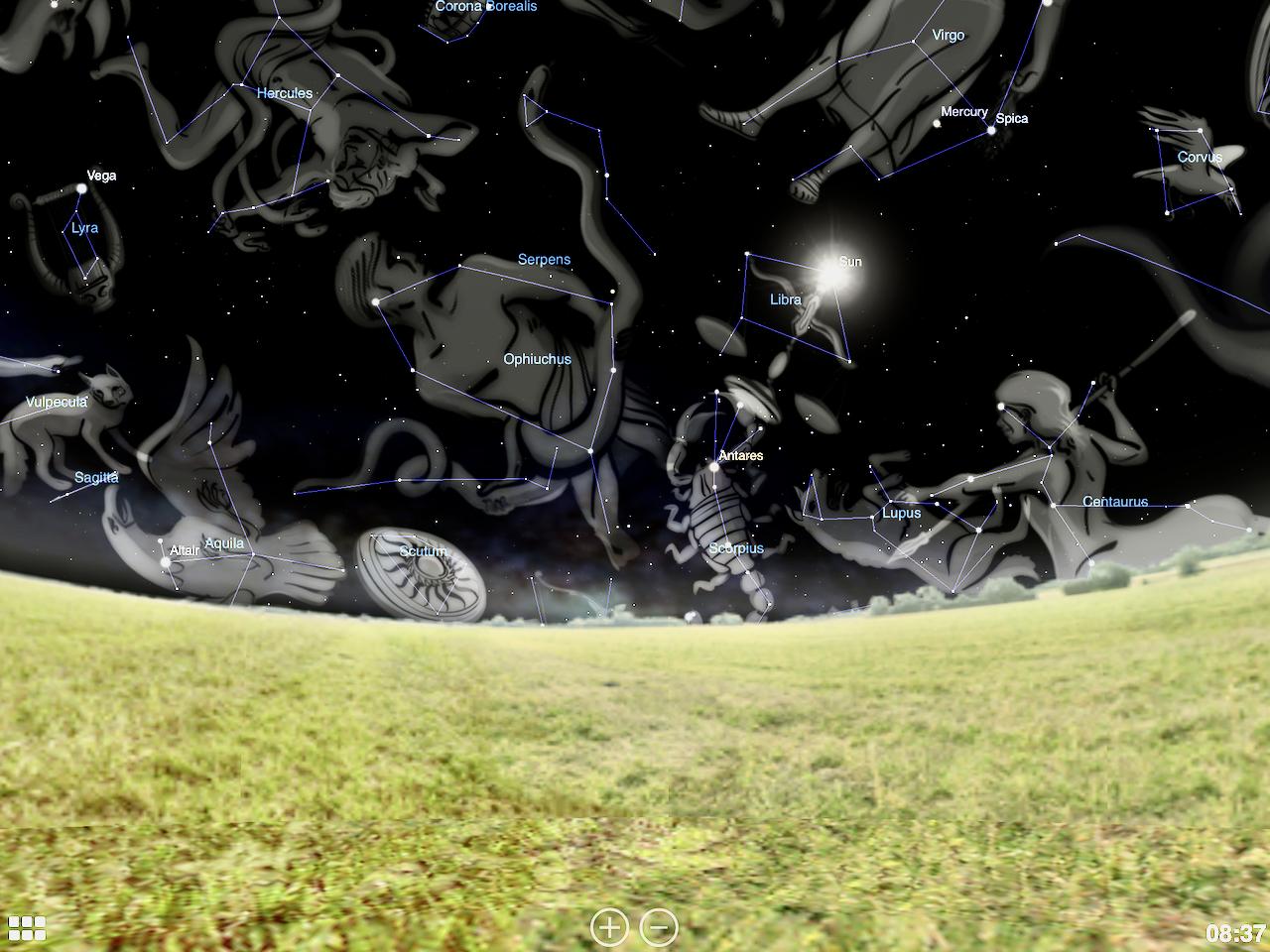I was reading on NASA's website about how the Babylonians came up with dividing the sky into different slices and picked a pattern of stars in each slice to represent it. This ties in to astrological signs, and that being born "under" a sign means that that particular constellation is aligned with the continuation of an imaginary line from earth to sun (and onwards out into space).
But here's what I don't get: when "the sun is in Scorpio", isn't the actual constellation "Scorpius" impossible to see? It would be "behind" the sun, right?
This seems backwards to me, but then again I'm not a Babylonian from 3000 years ago. Am I misunderstanding something, or is this really how it works? You're born "under Aries", yet Aries isn't even visible on the sky at that time?

